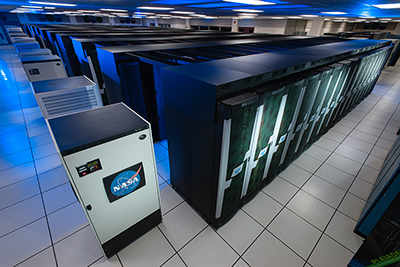‘Vast and Rich:’ Studying the Ocean With NASA Computer Simulations
The NAS Division’s Visualization and Data Analysis team develops stunning images and videos to help scientists explore their ocean data using in-house developed analysis tools. Visualization researcher Nina McCurdy is thrilled to “to collaborate with devoted, world-class scientists doing such important, cutting-edge research.” The team offers both traditional and customized services to help users process, view, explore, and analyze complex scientific datasets.

